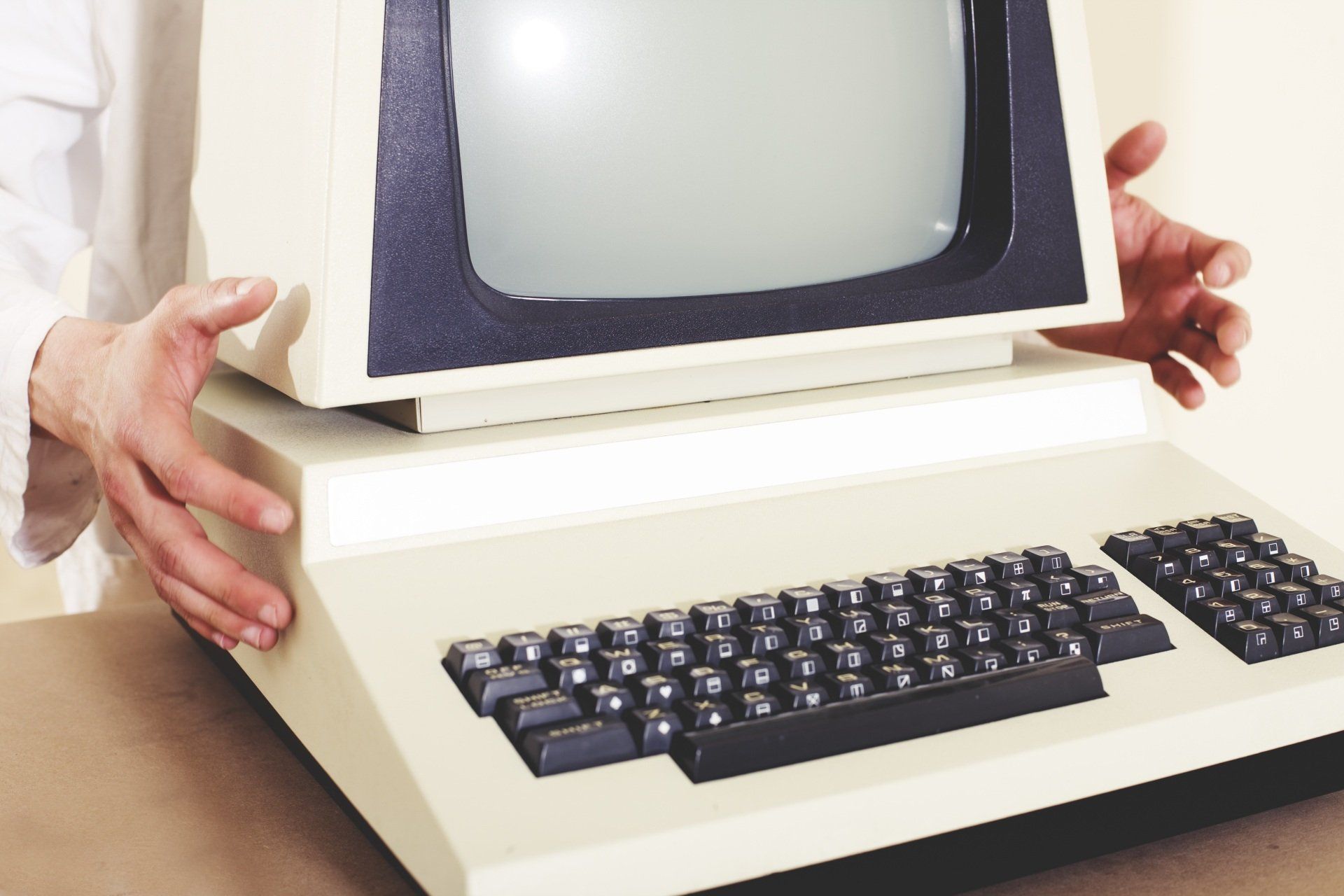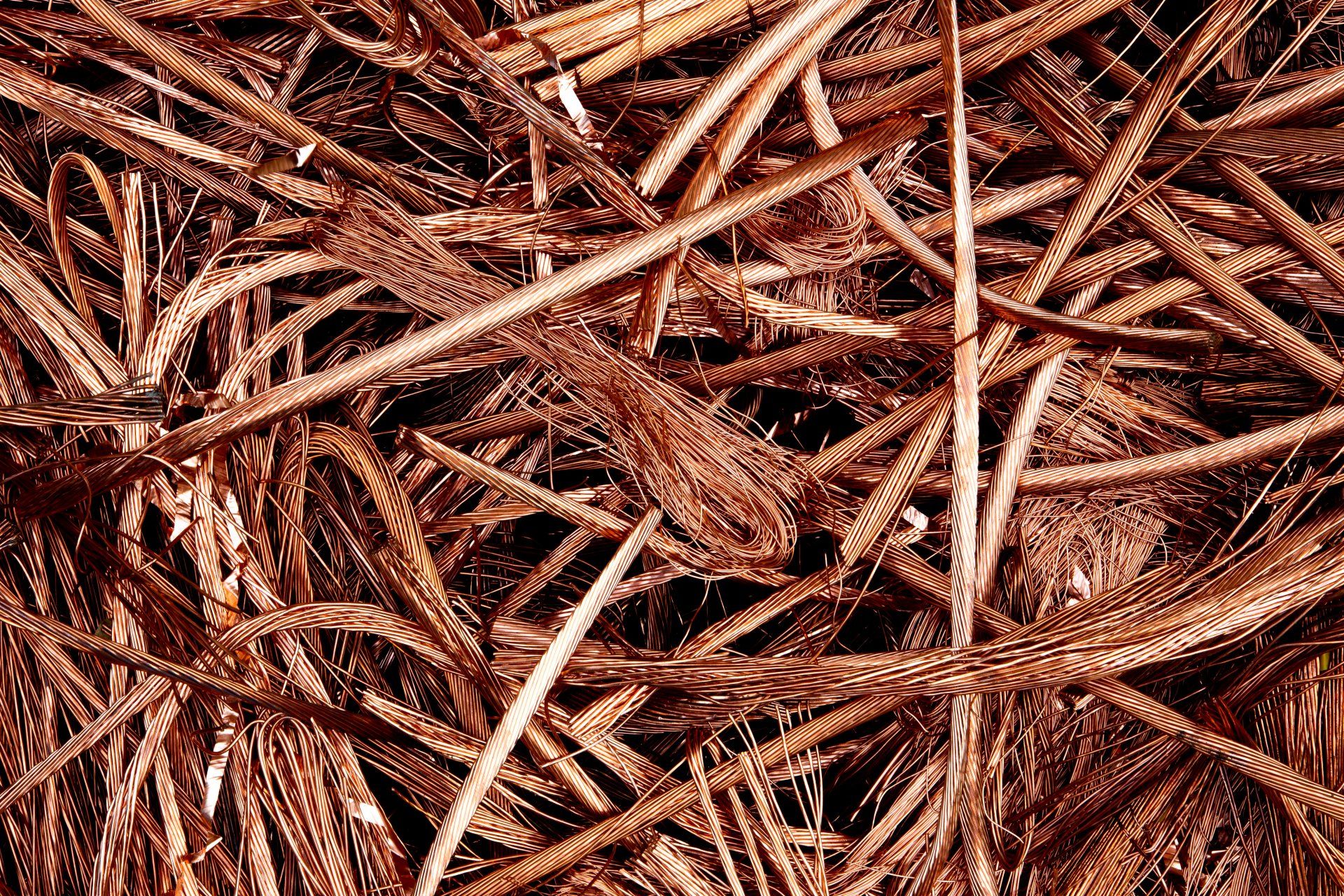Aluminum Recycling in Saint Louis
Most of us have thrown an aluminum can into a recycling receptacle, but know little about what happens after that.
According to the Aluminum Association , aluminum recycling saves more than 90 percent of the energy needed to make new aluminum. This is significant, because smelting virgin aluminum is energy intensive, requiring 13-15 kilowatt hours per ton of energy to produce one ton of aluminum from bauxite. Even though aluminum is an abundant element, making up around 8% of the earth’s crust , there is a huge investment of energy required to separate it from bauxite which can be made up by recycling it over and over.
Eddy currents are used to separate aluminum products from other waste streams so that they can be recycled. Unlike ferromagnetic metals, aluminum is not attracted to magnets, but it can be separated from plastics and other waste streams using eddy currents, which are currents induced in a good conductor produced by a changing magnetic field.
Once the aluminum is separated from the rest of the waste stream, it is cleaned and melted , which also removes any coatings. The melted aluminum is formed into ingots, or blocks. These can be transported, flattened and rolled out, and used to create new cans or other aluminum materials.
Sources such as Recycling Guide UK say that recycled aluminum products can be back on the shelves in as little as six weeks after they were first put in the bin. This means that the soda container you send to be recycled today could be the same material as the soda container you purchase in a little over a month! Compare that to the amount of time it takes for aluminum to degrade in a landfill: 200 to 500 years , according to the Recycling Coalition of Utah.
According to Azo Materials, aluminum recycling is so efficient and so beneficial (in terms of energy saved) that 75% of all aluminum ever produced is still being used today.
If you enjoyed reading about aluminum recycling and want to learn more about how to recycle your scrap metal, please contact us. Thank you!
The post Aluminum Recycling in Saint Louis appeared first on Scrap Mart Metals.
Benefits of Recycling Scrap Metal




